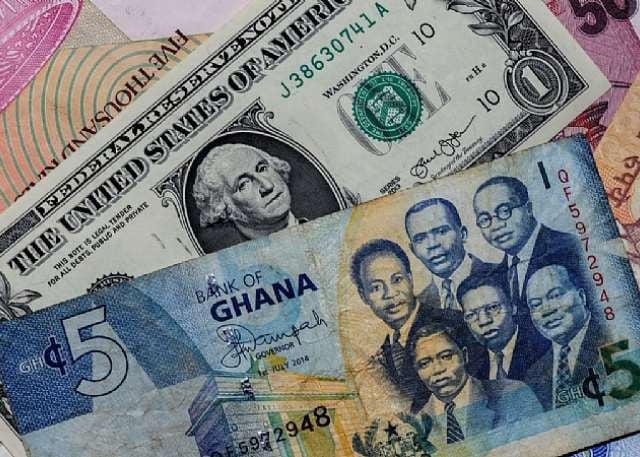The Ghanaian cedi experienced volatility against major international currencies on Tuesday, July 15, 2025, exhibiting varying exchange rates across different market segments, including forex bureaus, the Bank of Ghana interbank market, and money transfer platforms. This fluctuation reflects the dynamic nature of the foreign exchange market, influenced by factors such as supply and demand, international trade balances, and investor sentiment. Understanding these variations is crucial for businesses, individuals engaged in international transactions, and policymakers monitoring the health of the Ghanaian economy.
Forex bureaus, which cater primarily to individual customers and smaller businesses, quoted a wider spread between buying and selling rates compared to the interbank market. The average buying rate for the US dollar stood at GHS10.40, while the selling rate reached GHS10.96. Specifically, at these bureaus, individuals could purchase dollars at GHS11.60 and sell them at GHS11.95. This difference, known as the bid-ask spread, represents the bureau’s profit margin and compensates for the risks associated with currency trading. The wider spread at forex bureaus compared to the interbank market is due to the higher operational costs and lower trading volumes involved.
The Bank of Ghana interbank market, where commercial banks trade currencies amongst themselves and with the central bank, displayed a much tighter spread. The buying rate for the US dollar was GHS10.39, while the selling rate was GHS10.41. This narrower spread reflects the larger transaction volumes and lower overhead costs associated with interbank trading. The Bank of Ghana’s involvement in this market also contributes to stability and reduced volatility compared to the retail-focused forex bureaus. The interbank rate serves as a benchmark for other segments of the foreign exchange market.
Money transfer platforms like LemFi and Afriex, specializing in remittances from abroad, offered competitive exchange rates for individuals sending money to Ghana. These platforms leveraged technology and streamlined processes to provide attractive rates for customers. For US dollar remittances, LemFi offered a rate of GHS10.35, while Afriex offered GHS10.36, both significantly more favorable than the forex bureau rates. This competition benefits consumers and encourages the efficient flow of remittances, which contribute significantly to the Ghanaian economy.
The exchange rates for the British pound and the euro followed similar patterns. At forex bureaus, the pound averaged GHS13.87 for buying and GHS14.73 for selling, while the euro traded at GHS12.06 and GHS12.77, respectively. The Bank of Ghana’s interbank rate for the pound was GHS14.00, and for the euro, it was GHS12.17. LemFi and Afriex offered competitive rates for pound and euro remittances, with the pound at GHS13.98 and GHS13.99, respectively, and the euro at GHS12.10 and GHS12.11, respectively. Again, these money transfer platforms provided advantageous rates for customers, highlighting the benefits of technological advancements in the remittance sector.
Finally, for digital subscriptions like Netflix, Spotify, and Apple Music paid via Visa and Mastercard, the exchange rate was GHS11.18 for both the US dollar and other currencies. This rate falls within the range observed across different segments of the market, but it is important to note that international card payments often involve fees and charges that can affect the final cost to the consumer. These rates reflect the convenience and increasingly prevalent use of digital platforms for international transactions and subscriptions. The information compiled by Cedirates.com offers valuable insights into the complex landscape of currency exchange in Ghana, empowering consumers and businesses to make informed decisions regarding international transactions. Keeping track of these fluctuations is particularly important in a globalized economy where currency movements can significantly impact purchasing power and investment returns.


